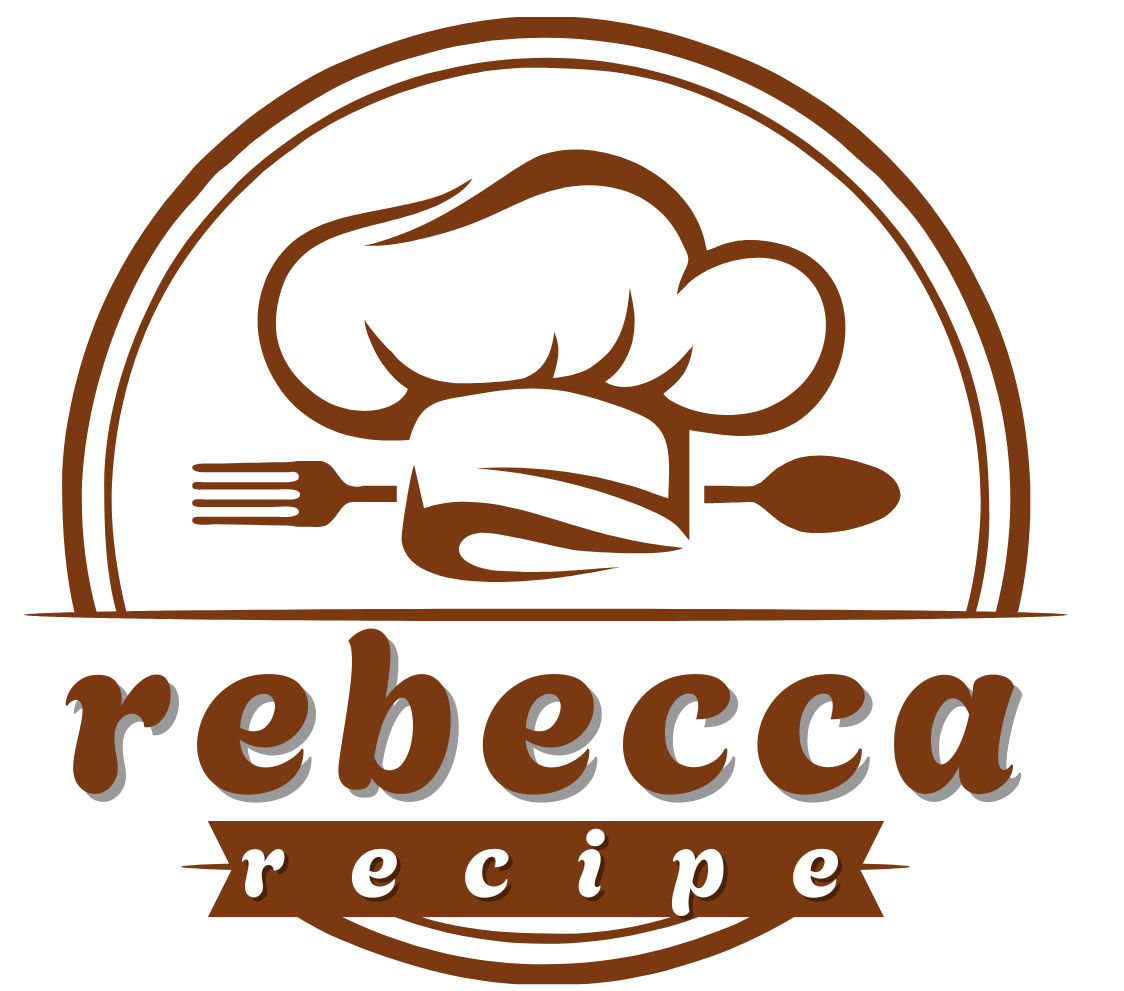This Easy Salmon Risotto is a delightful and nutritious dish that combines the richness of Scottish salmon with the creamy texture of a classic risotto. Incorporating fresh peas and Tenderstem broccoli adds vibrant color and a nutritional boost, making it a perfect choice for a wholesome family meal. Ready in approximately 30 minutes, this recipe is both simple to prepare and full of flavor.
Full Recipe:
Ingredients
- 1 tbsp butter
- 1 small onion, finely chopped
- 2 cloves garlic, minced
- 300g (1½ cups) arborio rice
- 750ml (3 cups) hot chicken or vegetable stock
- 140g (5 oz) fresh peas
- 140g (5 oz) Tenderstem broccoli, chopped
- 2 skinless salmon fillets (approximately 140g or 5 oz each)
- 1 lemon, sliced
- 50g (½ cup) grated Parmesan cheese
- Salt and pepper, to taste
Directions
- In a large pan, melt the butter over medium heat. Add the chopped onion and cook until softened, about 5 minutes.
- Add the minced garlic and cook for an additional minute until fragrant.
- Stir in the arborio rice and cook for 1–2 minutes, allowing the rice to lightly toast.
- Gradually add the hot stock, one ladleful at a time, stirring continuously until the liquid is absorbed before adding more. Continue this process until the rice is tender and creamy, approximately 18–20 minutes.
- Meanwhile, place the lemon slices in a saucepan and top with the salmon fillets. Season with salt and pepper, then pour in enough boiling water to just reach the bottom of the salmon. Cover and simmer for 5 minutes, or until the salmon is cooked through. Remove the salmon, flake it into large pieces, and set aside.
- In the same saucepan, blanch the peas and broccoli in boiling water for 2–3 minutes until tender. Drain and set aside.
- Once the risotto is cooked, gently fold in the flaked salmon, blanched peas, broccoli, and grated Parmesan cheese. Adjust seasoning with salt and pepper to taste.
- Serve the risotto warm, garnished with additional Parmesan cheese if desired.
Nutrients
Note: Nutritional information is approximate and may vary based on specific ingredients used.
- Calories: Approximately 550 kcal per serving
- Protein: Approximately 35g
- Fat: Approximately 20g
- Saturated Fat: Approximately 6g
- Monounsaturated Fat: Approximately 8g
- Polyunsaturated Fat: Approximately 4g
- Carbohydrates: Approximately 50g
- Dietary Fiber: Approximately 4g
- Sugars: Approximately 5g
- Cholesterol: Approximately 60mg
- Sodium: Approximately 800mg
- Omega-3 Fatty Acids: Approximately 2g
The Versatility of Salmon
Salmon is one of the most versatile fish varieties in the culinary world. It can be prepared in countless ways, from grilling and baking to steaming and poaching. Its mild yet flavorful profile makes it a perfect protein to pair with various seasonings, herbs, and spices. In the case of salmon risotto, it takes on a creamy texture when flaked into the risotto, creating a wonderful contrast with the richness of the rice.
The beauty of this dish is that it is easily customizable. You can experiment with different types of salmon, such as wild-caught or farmed, depending on your personal preference. Some prefer the taste and sustainability of wild-caught salmon, while others find the tenderness of farmed salmon ideal for a dish like risotto. Both types of salmon will work beautifully in this recipe.
The Role of Risotto in This Dish
Risotto, a traditional Italian dish made with Arborio rice, is known for its creamy texture, achieved through the slow absorption of stock during the cooking process. While it takes a bit of patience to cook, the result is a velvety, satisfying dish that pairs wonderfully with just about any protein or vegetable. The key to making a perfect risotto is stirring the rice constantly and gradually adding the stock, ensuring the rice cooks evenly and releases its starch, which contributes to the creamy consistency.
The risotto in this recipe serves as the perfect backdrop for the salmon. As the rice absorbs the stock, it becomes infused with the flavors from the stock and the other ingredients, enhancing the overall taste of the dish. The creamy risotto pairs perfectly with the delicate, flaky salmon and the tender vegetables, making each bite a delightful experience.
The Health Benefits of Salmon
Salmon is considered one of the healthiest fish to eat, and for good reason. It is packed with omega-3 fatty acids, which are essential for maintaining heart health and reducing inflammation throughout the body. Omega-3 fatty acids have been shown to help lower blood pressure, reduce triglyceride levels, and protect against heart disease. They also play a role in improving brain function and supporting mental health, making salmon an excellent choice for those looking to boost cognitive performance.
Salmon is also an excellent source of high-quality protein, which is necessary for muscle repair, immune function, and overall body growth. It is a great protein choice for those following a balanced diet and is especially beneficial for individuals with active lifestyles or those seeking to increase their protein intake for muscle development.
In addition to omega-3s and protein, salmon is a rich source of vitamin D, a nutrient that supports bone health and immune function. Many people are deficient in vitamin D, particularly those who live in areas with limited sunlight. Including salmon in your diet is an excellent way to boost your vitamin D levels naturally.
The Role of Vegetables in the Dish
Incorporating vegetables like peas and broccoli into the salmon risotto adds color, texture, and additional nutritional value to the dish. Fresh peas, with their slight sweetness, complement the richness of the salmon and risotto beautifully. Broccoli, on the other hand, adds a satisfying crunch and is a fantastic source of fiber, vitamins C and K, and folate. Together, these vegetables help balance the richness of the dish while providing essential nutrients that support overall health.
The addition of these vegetables also contributes to the dish’s antioxidant content. Antioxidants help fight free radicals in the body, which are linked to various chronic diseases and the aging process. Including vegetables like peas and broccoli not only makes the dish more flavorful but also more beneficial to your health.
Why Choose Homemade Risotto
While risotto may seem like an intimidating dish to prepare, making it at home offers several advantages over store-bought or restaurant versions. First, when you cook risotto at home, you have complete control over the ingredients, ensuring that everything is fresh and of the highest quality. You can also adjust the seasoning to your taste, adding more salt, pepper, or herbs to achieve the perfect flavor profile.
Making risotto from scratch also allows you to customize it to suit your preferences. For example, if you want a more decadent version of this dish, you can add cream or extra butter. On the other hand, if you prefer a lighter, healthier dish, you can use less butter and choose a low-sodium stock. The flexibility of homemade risotto makes it easy to tailor the dish to your liking.
Another benefit of preparing homemade risotto is that it gives you the satisfaction of creating a dish from scratch. While the cooking process may take a little time, the end result is always worth the effort. Plus, risotto pairs wonderfully with a variety of wines, making it the perfect dish for entertaining or a cozy dinner at home.
How to Make the Perfect Salmon Risotto
Making the perfect salmon risotto requires a bit of patience and attention to detail. The key is to cook the rice slowly, allowing it to absorb the stock and release its natural starches, which contribute to the creamy texture. It’s important to stir the rice constantly, as this helps to evenly distribute the liquid and ensures that the rice cooks uniformly.
When cooking the salmon, be careful not to overcook it. Salmon cooks quickly, and overcooking it can lead to a dry and rubbery texture. The goal is to cook the salmon just until it’s fully opaque and flakes easily with a fork. Gently flake the salmon and fold it into the risotto, ensuring that the fish retains its tender texture.
The vegetables should be added toward the end of the cooking process. Blanching the peas and broccoli in boiling water for just a few minutes ensures that they remain bright green and crisp, while still being tender enough to pair well with the creamy risotto.
Conclusion
Salmon risotto is a dish that brings together the best of both worlds: rich, creamy risotto paired with succulent salmon and vibrant vegetables. It’s a versatile and adaptable recipe that can be enjoyed on any occasion, from a weeknight dinner to a special celebration. With its delightful balance of flavors and textures, this dish is sure to become a favorite in your household.





